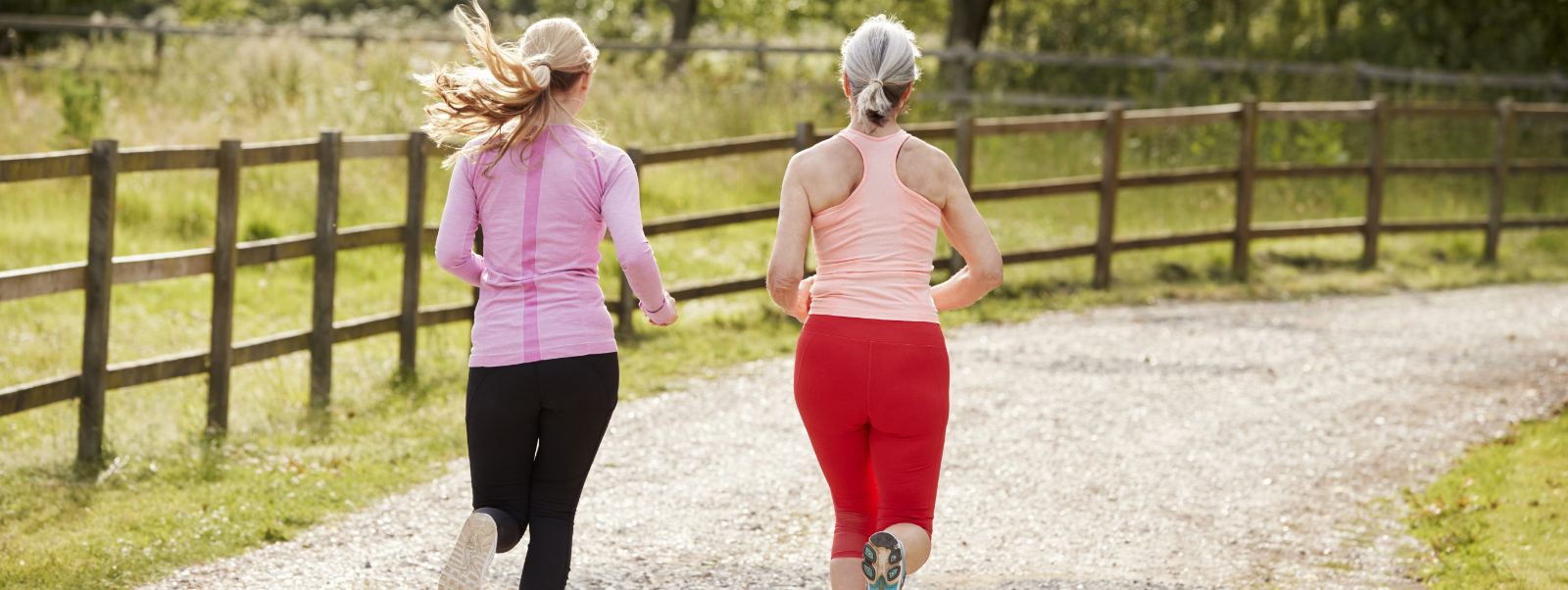
Women recovering from breast cancer face both powerful benefits and persistent barriers staying active after treatment, according to a new study.
The ‘Life post diagnosis: female adult breast cancer survivors’ experience with physical activity’ study, published in The Breast Journal, brings together the experiences of 200 female survivors. It reveals how physical activity can be transformative, but also difficult to sustain without the right support.
Significant benefits
Analysis of ten studies of women’s post-diagnosis experiences found exercise often provides significant physical, psychological and social benefits. Survivors reported feeling stronger, regaining confidence, and reconnecting with their communities.
However, many also described obstacles such as fatigue, pain and other treatment side-effects, as well as a lack of clear information and tailored advice on how best to stay active. For many, the effort to find a new balance between health, lifestyle changes and emotional recovery became part of everyday life.
Survivors also expressed a need for flexible and supportive programmes which are also sensitive to individual capacity and preference.
National guidelines
The study calls for the development of national guidelines on physical activity for breast cancer survivors, and for health professionals to be better equipped to provide practical, personalised advice.
Lead author Dr Fiona Muirhead, Senior Lecturer from the Physical Activity for Health Group at Strathclyde’s Department of Psychological Sciences and Health, said: “Our review found that many survivors want to be physically active and experience significant benefits when they can, yet they face many challenges to become and stay active.
The findings emphasise the importance of incorporating physical activity into survivorship care plans and ensuring that women across Scotland – particularly in rural and under-served areas – have access to safe, appropriate and supported opportunities to stay active.
“Health services need to do more than just encourage exercise; they must understand and support what is practical and sustainable for each survivor, considering their treatment, recovery and daily life.”